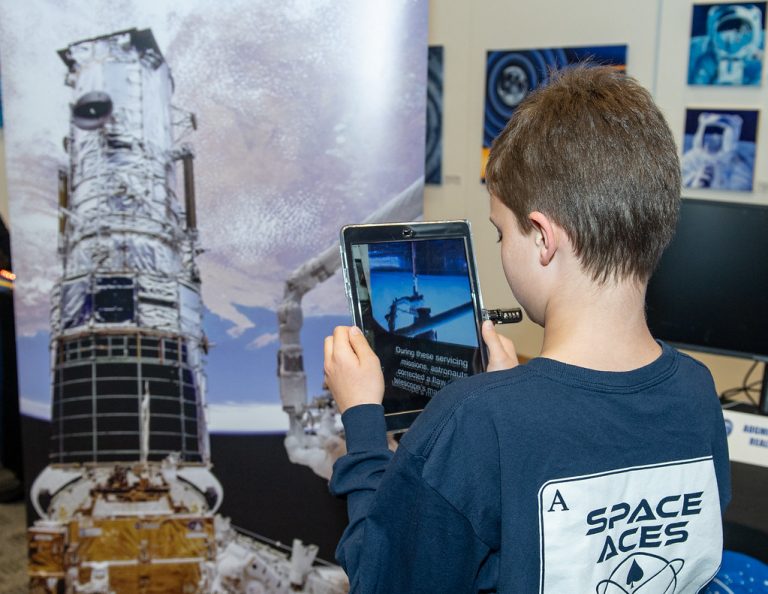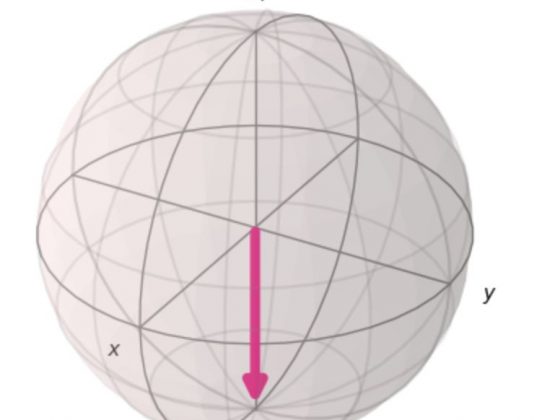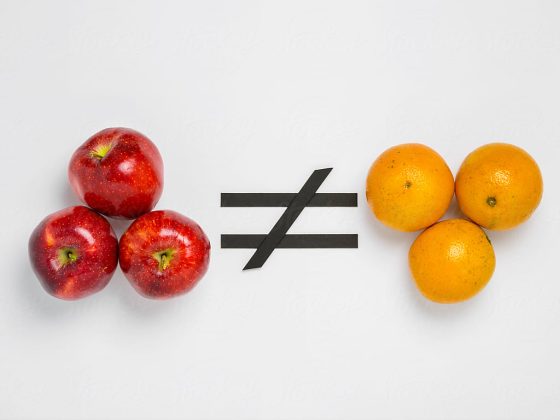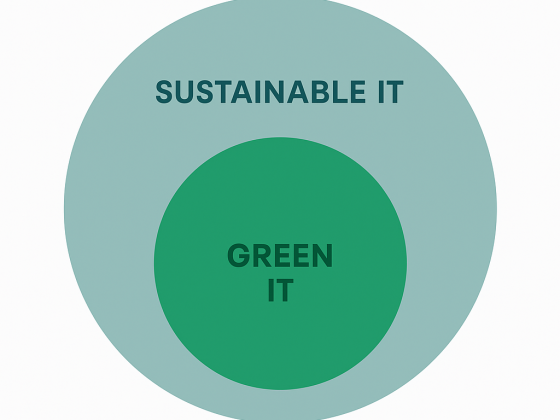One of the buzzwords in 2019 is augmented reality (AR).
Google it and you will find a lot of tech marketing stuff about AR.
Here you can read about adapting AR in construction, e-commerce, but also education.
In 2018 I did some content marketing for the adventurous learning app from CoVince, but this app is Virtual Reality-minded, not AR.
What are the possibilities with an AR-app in education?
Augmented Reality in the classroom
Current students are very savvy with their smartphones. It’s almost an extra part of their body. Why not use this advantage in the classroom?
AR-animated content could catch students’ attention to study.
By using this content students can grasp important data about a subject in a fun, but still learning way. Think about a historical person’s bio, fun facts, visual 3D models etc. Using AR is for these students more fun than reading from a book, but they still learn.
Explain abstract and difficult concepts
With AR objects can be visualised into 3D models.
A lot of students are visual learners, and by this visualisation these students can grasp the abstract and difficult content.
‘Man, if I had AR in the classroom twenty years ago :-).’
For example, see this AR math tool.
Engagement & interaction with AR
Teachers want to involve students into their classes.
By using AR-animated content as an extra teachers are able to do this.
See this video about AR used in the school’s gym.
Discover & learn with AR
Remember when you had to go to the museum during school?
It was not always fun eeh?
Well AR can spice this up.
Why not connect with history through AR? See this video where students test the use AR in the United States Holocaust Memorial Museum’s Permanent Exhibition.
Modelling of objects with AR
AR is all about using 3D models.
Why not use it in a science class like chemistry or biology as seen in this video?
Students can see the human body internally as they never seen before.
Training with AR
AR can make passive learning active again.
By using AR students can increase their practical experience and acquire skills they can use in real life.
See this video on using AR in learning product design.
Wrap-Up
AR is going to be important in future education.
And why not?
Students are savvy with their smartphone and it could be a good method to educate students in a visual way how something works.
This will increase the student’s engagement and this will benefit both student and teacher.
Exciting times ahead.
I would love to test these AR-animated content education apps.
What do you think about using AR in education?





